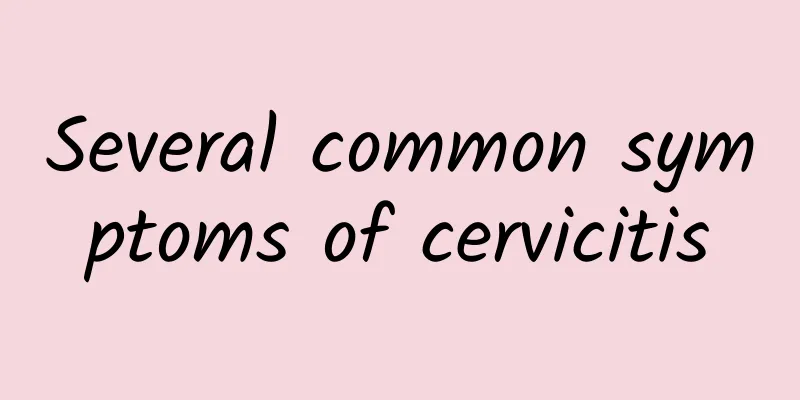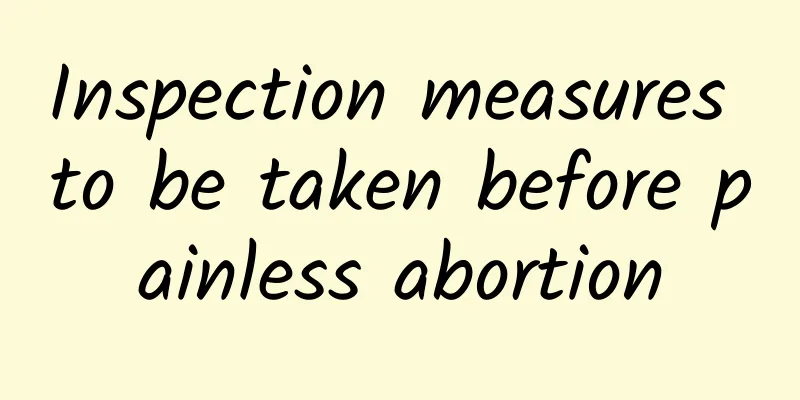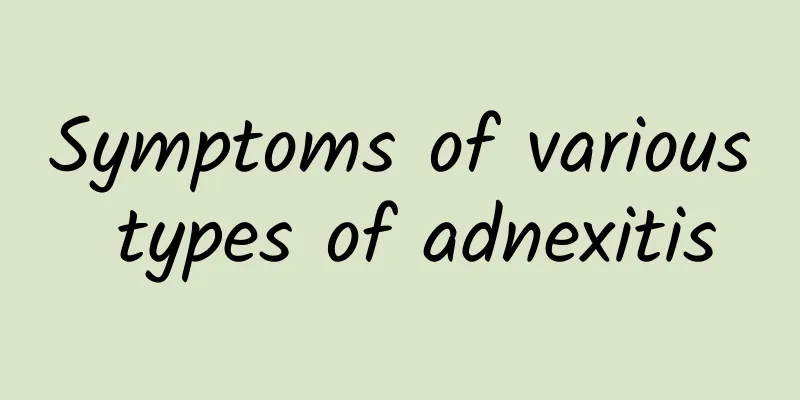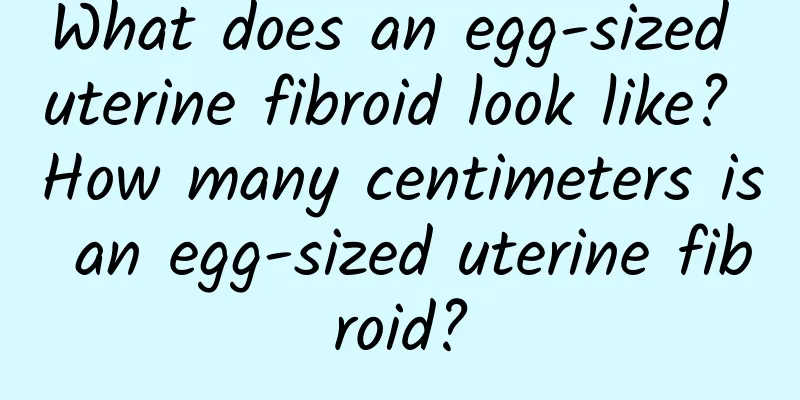Introduction to uterine fibroid symptoms that cannot be missed

|
What are the symptoms of uterine fibroids? Uterine fibroids are also called uterine leiomyoma, but the symptoms of uterine fibroids are not obvious. If the pedicle is twisted or other conditions occur, it may cause pain, which is common in multiple uterine fibroids. So, what are the symptoms of uterine fibroids? 1. Pain: Symptoms of uterine fibroids can cause blood stasis, or compress nerves, or pedicled submucosal fibroids can stimulate uterine contraction, which is discharged from the uterine cavity, causing the cervical canal to widen and cause pain; or fibroid necrosis and infection can cause pelvic inflammatory disease, adhesion, traction, etc. Acute and severe abdominal pain can also occur when the pedicle of the uterine subserosal fibroid is twisted or the uterus is axially twisted. Large subserosal fibroids grow into the broad ligament, which can not only compress nerves and blood vessels to cause pain, but also compress the ureter to cause ureteral or renal hydrops and cause low back pain. Those with severe and progressive dysmenorrhea due to uterine fibroids are often caused by uterine fibroids complicated by adenomyosis or endometriosis. 2. Uterine bleeding: occurs in half or more of the patients. Symptoms of uterine fibroids are mostly excessive menstrual flow, prolonged menstruation or shortened menstrual cycle, accounting for about 2/3; continuous or irregular bleeding accounts for 1/3. Bleeding is mainly caused by intramural fibroids and submucosal fibroids. Intramural fibroids often have periodic bleeding, while submucosal fibroids often show irregular bleeding. Subserosal fibroids rarely cause uterine bleeding. 3. Abdominal mass: Symptoms of uterine fibroids are often obvious in the early morning when the bladder is full and the uterus is empty. Because the uterus and fibroids are pushed upward, it is easy for the patient to touch them. If the uterus is larger than 4-5 months of pregnancy, it can also be touched when the bladder is not full. Symptoms of uterine fibroids are generally located in the middle of the lower abdomen, and a few may be located on one side of the lower abdomen, with a hard texture or uneven feeling. Larger ones are more likely to be degenerated, softer and smoother. Most of them grow slowly. The above is the knowledge about the symptoms of uterine fibroids introduced by uterine fibroids experts. I wish you a speedy recovery. If you have any questions about the symptoms of uterine fibroids, please consult our online experts, who will answer the symptoms of uterine fibroids. Uterine fibroids http://www..com.cn/fuke/zgjl/ |
<<: What are the common symptoms of ovarian cysts?
>>: Five points to determine whether you have uterine fibroids symptoms
Recommend
Dietary adjustments to relieve menopausal discomfort
When women bid farewell to their youth and enter ...
What is a giant uterine leiomyoma? Can a giant leiomyoma be treated?
What is a giant uterine leiomyoma? Can a giant le...
Is the chance of preserving a threatened miscarriage high?
Threatened abortion refers to a small amount of v...
Symptoms of ovulation bleeding in women
Ovulation is a term we often hear. Many female fr...
5 life details to teach you to stay away from vaginitis
Women are particularly prone to vaginitis for var...
What should we pay attention to in the prevention of pelvic inflammatory disease?
Pelvic inflammatory disease is also one of the gy...
Do you know what early symptoms of ectopic pregnancy are?
What are the early symptoms of ectopic pregnancy?...
How can I check my irregular menstruation?
Many patients do not know how to diagnose irregul...
What is biochemical abortion and what are the characteristics of biochemical pregnancy?
Many women experience bleeding after pregnancy an...
Does a right ovarian cyst of more than 20 need treatment? What should I pay attention to in my diet?
Does the right ovarian cyst need to be treated fo...
Top 3 detox products to turn your L-shaped body into an S-shaped one
Who says you have to starve to lose weight? The k...
What are the typical symptoms of uterine fibroids? What are the early symptoms of uterine fibroids?
Uterine fibroids are a common gynecological disea...
Big eater! 38% of Chinese people eat more than usual during Spring Festival
The period after the Chinese New Year is the peak...
What to do with adenomyosis and fallopian tube adhesions
Due to the influence of pathogenic factors, some ...
Everyone should be on guard against the causes of vaginitis in time
Vaginitis is a common female disease that brings ...









